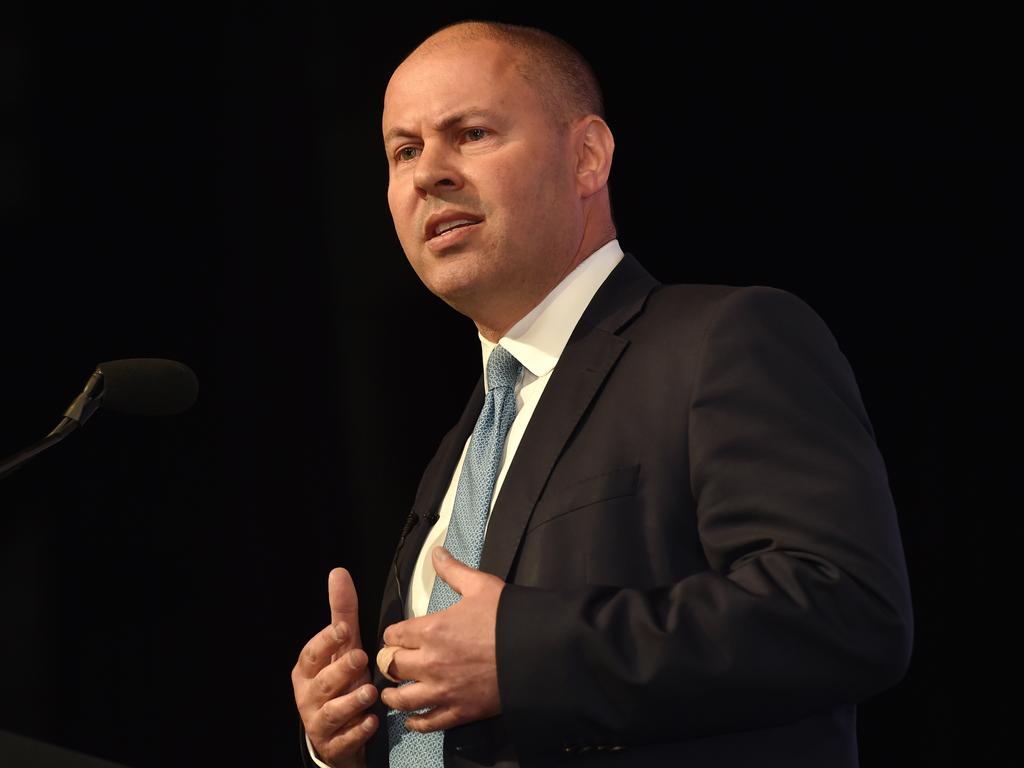
The astounding 366,000 new jobs created last month smacked of a Christmas miracle for a government keen to ride the post-Delta economic recovery all the way to election victory come May.
Unemployment is now at 4.6 per cent, and there are more people in work than ever.
The pace of the rebound is extraordinary. It took 10 months to recover the roughly 850,000 jobs lost in April and May of last year.
Thanks to vaccines and a more lockdown-savvy population and business sector, the Delta hit to employment has been recouped in one fell swoop.
All of this is, of course, great news for the Treasurer and Finance Minister, as it lends credence to Treasury’s much upgraded outlook in Thursday’s MYEFO.
Stronger economic growth of about 3.5 per cent in real GDP terms over this and the next financial year, and unemployment hitting 4.25 per cent by mid-2023 will boost tax receipts as more people are in work, and fewer are on welfare. Treasury reckons nominal growth will reach a booming 6.5 per cent in 2021-22.
But, as Deloitte’s Chris Richardson said, despite the $100bn-higher-than-expected revenues over the forward estimates, the cumulative deficits by 2024-25 are left virtually unchanged.
This is the conundrum.
Even a massive step-up in growth was not enough to dent the deficits over the medium term. By 2030-31, the deficit is actually a little larger than expected at the time of the May budget, at 1.8 per cent of GDP.
Phase one of Josh Frydenberg’s fiscal strategy is securing the economic recovery.
With Omicron looming, it’s far from clear it’s mission accomplished on that front. And talk of “fiscal restraint” from Simon Birmingham is a relative term in the age of $100bn deficits. So we can still expect the mooted March budget to contain the requisite pre-election goodies — perhaps contained in the $16bn increase in budget allowances in MYEFO for decisions taken but not yet announced.
So if explicit repair is not in the next budget, then when?
The second phase of Frydenberg’s fiscal strategy is not about cutting the deficit, it’s about stabilising and reducing the debt. Treasury’s plan is to keep the deficit below 2 per cent of GDP, and then counting on the economy to grow by faster than that, allowing them to slowly chip away at the record debt pile that’s expected to approach $1 trillion at its peak.
As a plan that works for now.
After all, it’s still too early to be talking razor gangs. Every economist points to the premature austerity measures adopted in Europe post-GFC — which sank the continent’s recovery — as a cautionary tale of what happens when the public purse strings are tightened too hard, too early.
But this second stage of the fiscal plan stretches off into the distance — perhaps into the second half of this decade and beyond.
In the meantime, commonwealth commitments on the NDIS, defence, aged care and potentially veteran affairs will accelerate.
Some tough choices await.







Budget, heal thyself.